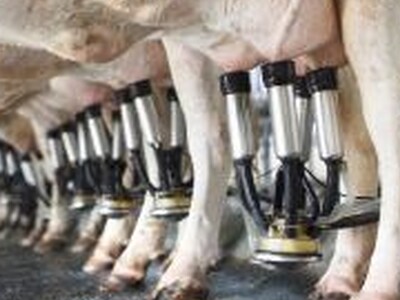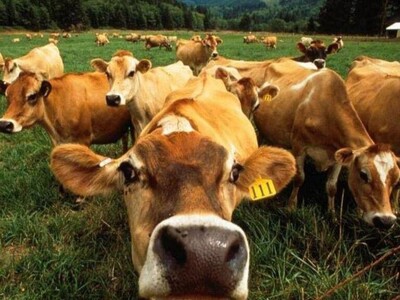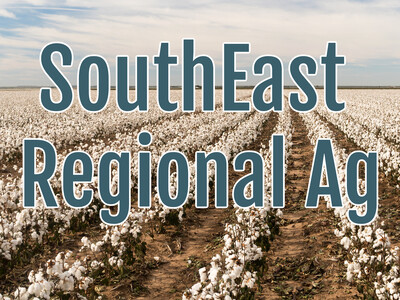Cutting Junipers
Dave Naugle is Professor of Large Scale Wildlife Ecology at the University of Montana. He and various agency partners including fish and wildlife agencies throughout the West have used Google Earth Engine to build a new interactive online map tool that, for the first time, combines layers of data to better target invasive species that are damaging Sage Grouse habitat along with habitat for many forms of wildlife.Brady Allred, a rangeland specialist with University of Montana, developed the tool for SGI using Google Earth Engine, a platform for scientific analysis and visualization of geospatial datasets, both for public benefit and for business and government users. SGI will continue to build on the tool over time. The eight states with territory covered by the first two data sets include California, Colorado, Idaho, Montana, Nevada, Oregon, Utah and Washington. Public and private land managers can now use the free SGI map tool in planning where and how best to target available resources to achieve the biggest gains in the battle against invasive species. By focusing on such a large area we are able to provide the big picture – a better view of what's occurring across boundaries, so each effort supports the greater goal and helps reduce future threats.
The Tree Canopy Cover layer, developed by professor Michael Falkowski of Colorado State University, shows where conifers are degrading critical sagebrush-steppe across the range. NRCS and partners use this data to target the removal of invading conifers when the trees are young and more easily eradicated. Another map layer provides an index of ecosystem resilience and resistance to cheatgrass based on underlying soil temperature and moisture.
Each data layer creates a visual representation of available research covering one of the threats targeted by Sage Grouse Initiative 2.0 investment strategy, a four-year $211 million effort to help restore and protect sagebrush habitats in 11 western states. The strategy guides conservation efforts through 2018.
Since 2010, NRCS has partnered with ranchers to restore and protect more than five million acres of sage grouse habitat through Sage Grouse Initiative. This work was part of a large landscape-level effort that led the U.S. Fish and Wildlife Service to conclude last year that the sage grouse did not warrant protection under the Endangered Species Act.















